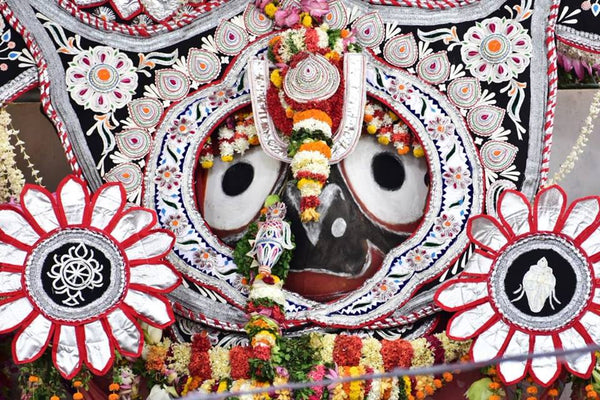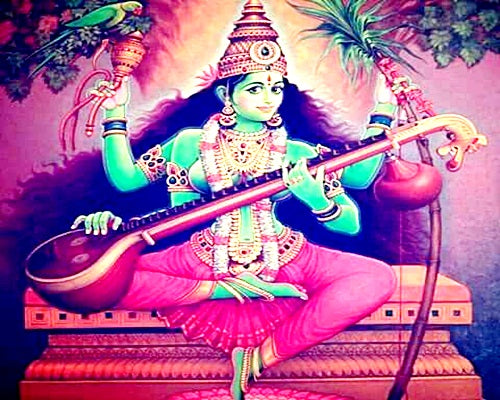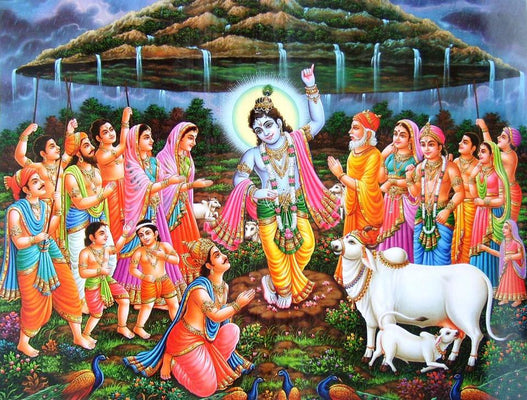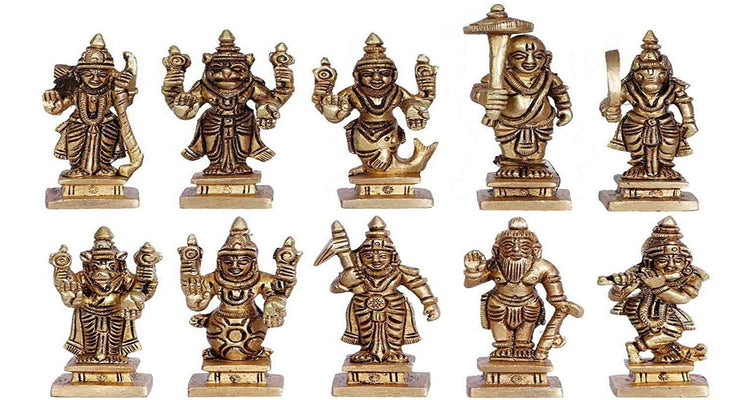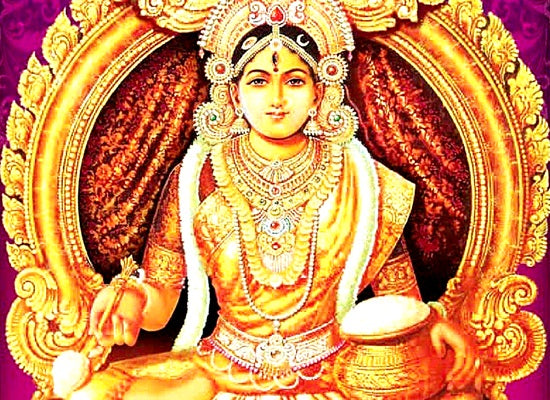Srimad Bhagavad Gita

The Srimad Bhagavad Gita is a dialogue between Lord Krishna and Arjuna, narrated in the Bhishma Parva of the Mahabharata. It comprises eighteen discourses of a total of 700 Sanskrit verses. A considerable volume of material has been compressed within these verses. On the battlefield of Kurukshetra, Sri Krishna, during the course of His most instructive and interesting talk with Arjuna, revealed profound, sublime and soul-stirring spiritual truths, and expounded the rare secrets of Yoga, Vedanta, Bhakti and Karma. Bhagavad Gita was Composed between 500 BCE and 100 CE, the Mahabharata is an account of the wars of the house of Bharata.Bhagavad Geeta is to deliver mankind from the darkness of material existence. Every one of us is in difficulty in so many ways. Just as Arjuna was in difficulty because of having to fight the battle of Kuruksetra with relatives and loved ones.Arjuna surrendered to Krishna and consequently the Bhagavad Gita was spoken.
The Bhagavad Gita takes the form of a dialogue between prince Arjuna and Krishna, his charioteer. Arjuna is a warrior, about to join his brothers in a war between two branches of a royal family which would involve killing many of his friends and relatives.He wants to withdraw from the battle but Krishna teaches him that he, Arjuna, must do his duty in accordance with his class and he argues that death does not destroy the soul. Krishna points out that knowledge, work and devotion are all paths to salvation and that the central value in life is that of loyalty to God.
The Bhagavad Gita (Song of the Lord) consists mostly of Krishna’s response to Arjuna’s declaration; its eighteen chapters contain 700 verses, of which Krishna speaks 575. Krishna approaches Arjuna’s predicament from various angles, supplying him with a new understanding of himself and a new methodology of action. The turning point is Krishna’s revelation of his divine form to Arjuna—including as it does the future and the deaths of Arjuna’s principal adversaries—and Arjuna’s verbal response (Bhagavad Gita 11,Mahābhārata 6.33). At the end of the Bhagavad Gita, Arjuna declares that his crisis is over and that he will fight after all. The Bhagavad Gita’s popularity is due to the universality of Arjuna’s predicament, one in which different imperatives conflict, and of its solution, the method of acting without ego, without attachment to results, with awareness of the true, inactive self ātman and in a spirit of devotion. The text is beautiful poetry but also conveys core Hindu teachings that have been refreshed through new interpretations time and time again in the centuries since it was composed.


